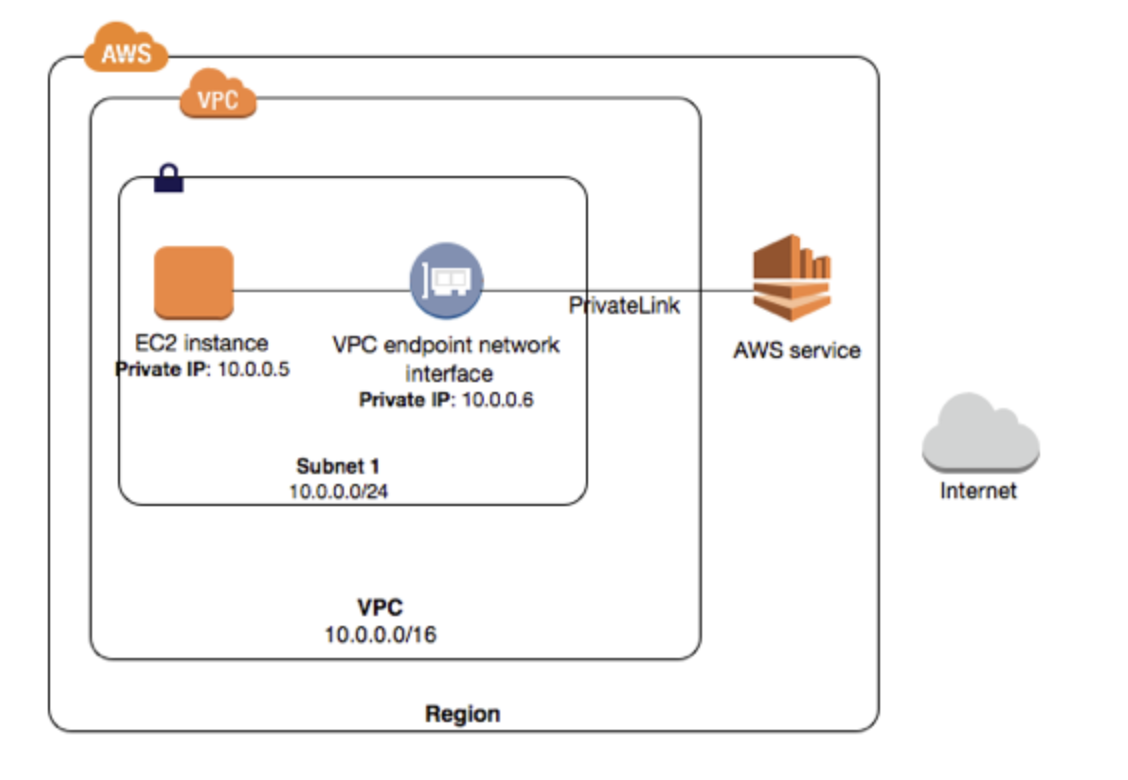Troubleshooting EC2 Instance Performance
Question
You have launched an EC2 instance with four (4) 500 GB EBS Provisioned IOPS volumes attached.
The EC2 instance is EBS-Optimized and supports 500 Mbps throughput between EC2 and EBS.
The EBS volumes are configured as a single RAID 0 device, and each Provisioned IOPS volume is provisioned with 4,000 IOPS (4,000 16KB reads or writes) for a total of 16,000 random IOPS on the instance.
The EC2 instance initially delivers the expected 16,000 IOPS random read and write performance.
Sometime later, in order to increase the total random I/O performance of the instance, you add an additional two 500 GB EBS Provisioned IOPS volumes to the RAID.
Each volume is provisioned to 4,000 lOPs like the original four for a total of 24,000 IOPS on the EC2 instance.
Monitoring shows that the EC2 instance CPU utilization increased from 50% to 70%
But the total random IOPS measured at the instance level did not increase at all.
What is the problem and a valid solution?
Answers
Explanations
Click on the arrows to vote for the correct answer
A. B. C. D. E.Correct Answer - A.
To use AWS PrivateLink, an interface VPC endpoint for a service in the VPC is required.
Details can be checked in AWS document https://docs.aws.amazon.com/vpc/latest/userguide/what-is-amazon-vpc.html#what-is-privatelink.
Option A is CORRECT: Because interface VPC endpoint is essential to establish a secure connection to the private link.
Option B is incorrect: Because a site to site VPN connection is used for the VPN connection between AWS and on-premise data center which is not suitable for this case.
Option C is incorrect: Because it should be an interface VPC endpoint rather than a gateway VPC endpoint.
Secondly, the IP address in the elastic network interface should be private instead of elastic.
Option D is incorrect: Because an AWS Direct Connect connection is for the private connection between an on-premise server and AWS VPC.
However, this question asks for the solution to communicate between the SaaS and AWS VPC.

The issue here is that even though two more EBS volumes have been added with the same Provisioned IOPS rate, the total random IOPS measured at the instance level did not increase at all, and the EC2 instance CPU utilization increased from 50% to 70%. This indicates that the bottleneck is not the storage but the EBS-optimized throughput.
Option B is the correct solution. The EBS-Optimized throughput limits the total IOPS that can be utilized. Therefore, choosing a larger EBS-optimized instance that provides more dedicated Amazon EBS throughput will increase the total IOPS measured at the instance level.
Option A is not a valid solution because larger storage volumes do not necessarily support higher Provisioned IOPS rates, and increasing the provisioned volume storage of each of the 6 EBS volumes to 1T would not solve the EBS-optimized throughput bottleneck.
Option C is not a valid solution because while configuring the instance device driver and file system to use 64KB blocks may increase throughput, it will not solve the EBS-optimized throughput bottleneck.
Option D is not a valid solution because even though RAID 0 only scales linearly to about 4 devices, increasing each Provisioned IOPS EBS volume to 6,000 IOPS will not solve the EBS-optimized throughput bottleneck.
Option E is not a valid solution because changing the instance root volume to be a 500GB 4,000 Provisioned IOPS volume will not solve the EBS-optimized throughput bottleneck.
In summary, the solution is to choose a larger EBS-optimized instance that provides more dedicated Amazon EBS throughput to increase the total IOPS measured at the instance level.
